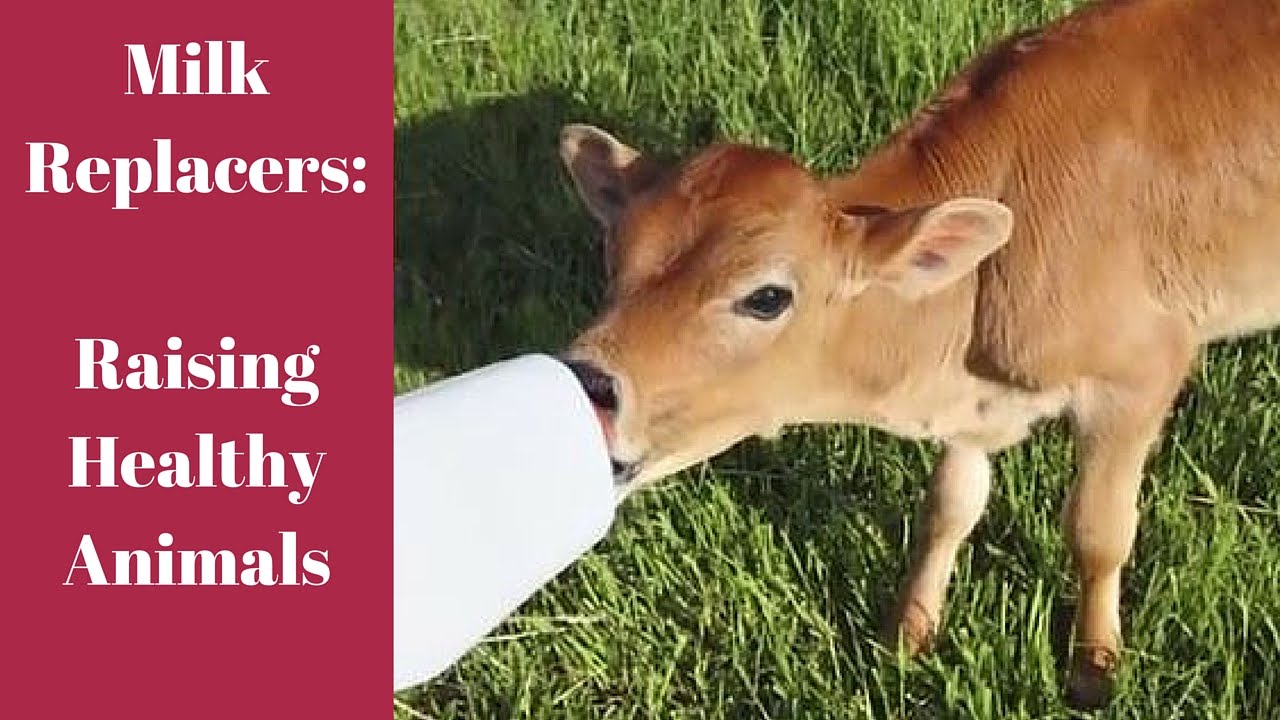Milk replacers are made from highly digestible ingredients, especially for neonatal animals. It is a cost-effective solution for manufacturers and is highly nutritious. Ideally, the components used to make milk replacers are the by-products of the milk-making process that are used to make cheese and butter.
Milk replacers are manufactured by making use of many of the raw materials and these products mimic high nutritive values of milk of the cattle. They are then fed to calves when milk in its natural form is unavailable. Besides, the product also helps improve the overall health of the calves and thus is very important for the replenishment of nutrients in malnourished neonatal. It has a low raw material price and adds to the profits earned by the cattle owners. These factors are likely to fuel the global milk replacers market.
One of the key factors projected to propel the market demand in the upcoming years is the surging awareness regarding the benefits gained by using milk substitutes. Moreover, the milk replacers are rich in other nutrients like vitamins and minerals with low fat contents which are foreseen to improve the product demand all over the world. In addition, corn and soybean are hard to digest for neonatal cattle and their young ones, for which milk replacers emerge as the best alternative. Moreover, rising cases of nutritive mismatches and affordable prices of these products are also to contribute significantly to the global milk replacers market growth in the future. Increasing animal mortality and the adoption of various methods of precision nutrition are foreseen to trace a profitable growth path for the market.
The global milk replacers market is broadly segmented into type, livestock, source, form, and region. In terms of type, the market is split into non-medicated and medicated. Based on livestock, the global market is segregated into swine and ruminants. On the basis of source, the market is classified into non-milk-based and milk-based. As per the form, the global market is bifurcated into powdered and liquid.
The global milk replacers market is estimated to be dominated by Asia Pacific in the forthcoming years owing to the increased demand for high-quality livestock for meat and milk. In addition, feeding calves with nutritive ingredients is also anticipated to fuel the regional market. The rising urbanization is also likely to increase the market revenue during the forecast period. Besides, the market players will find several growth opportunities attributed to the price benefits incurred because of the usage of milk replacers.
The market players operating in the global milk replacers market include Cargill, Archer Daniels Midland Company, BewitalAgri GmbH and Company, CHS Inc., Nulkamel BV, Land O’ Lakes, Alltech, Glanbia PLC, Nutreco NV, Lactalis Group, Vandrie Group, Friesland Campina, and others.
To cite, among these, Royal Agrifirm Group collaborated with Land O’Lakes, Inc. for producing dairy animal food including milk replacers for neonatal. It is a Chinese joint venture.
